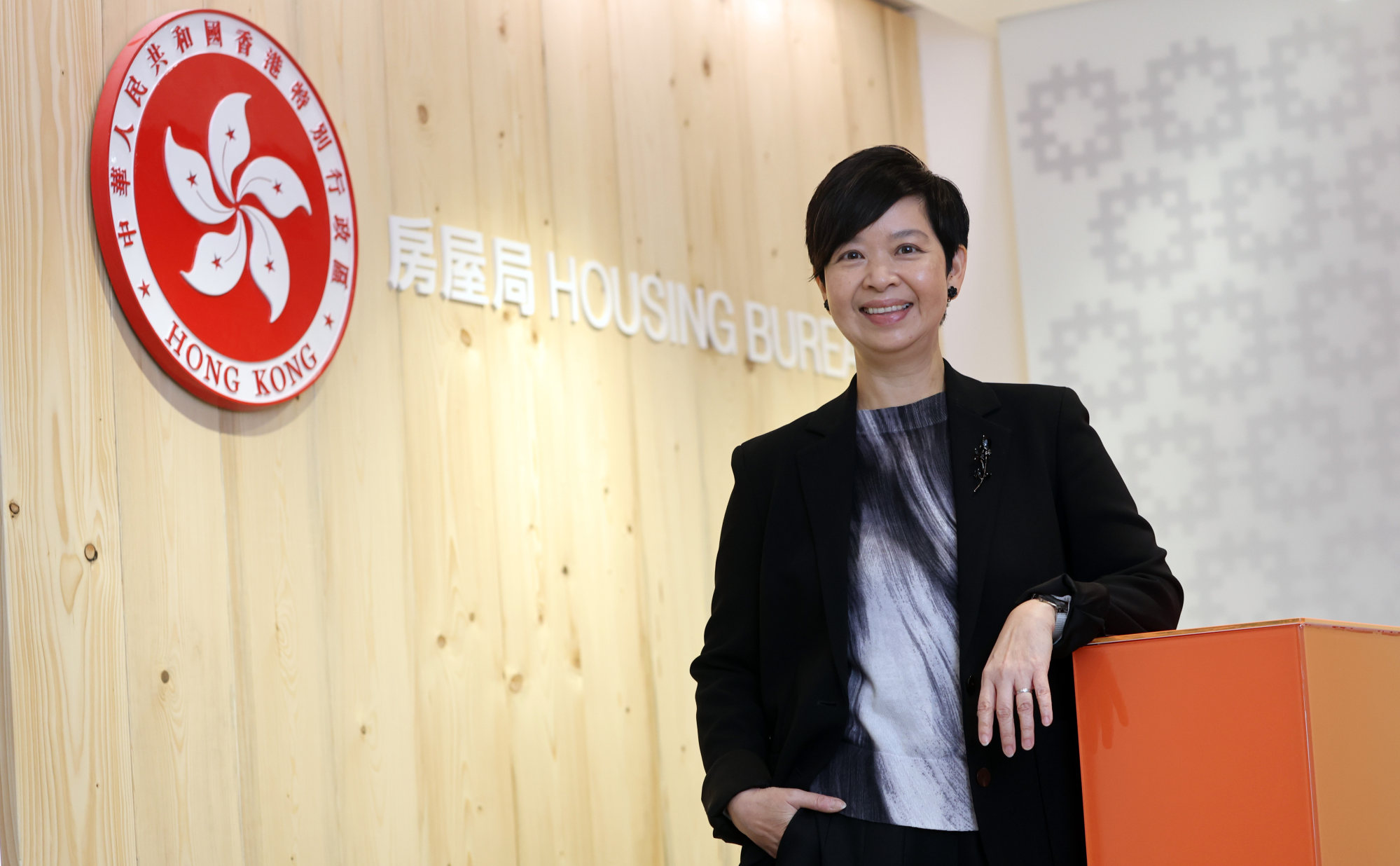
Hong Kong housing chief Winnie Ho says subsidised flat scheme will offer slim profit margins, but high demand ensures buyers
- Winnie Ho predicts small profit margins for builders of subsidised flats will be offset by big demand
- But lawmakers question whether developers will take part in new scheme, given present property prices and construction costs
Hong Kong’s housing chief on Monday admitted profit margins for builders of subsidised flats as part of a pilot scheme would be small, but added the developers could still make money because demand for the properties was high.
Under the scheme, developers can bid on special residential sites or rezone their land to create subsidised flats to be sold at 65 per cent of the market price.
She was speaking as lawmakers asked whether the private sector would be interested in taking part in the scheme, announced last month.

Ho highlighted that about 8,900 subsidised flats, built by the government last year and sold at 51 per cent of market price, were oversubscribed by about 27 times.
But lawmaker Andrew Lam Siu-lo, however, also a town planner, said he was worried whether the scheme would attract private developers as it would be hard to turn a profit based on present property prices and construction costs.
“The government is walking on a relatively narrow tightrope. It will be difficult [for developers] to make their profits unless they can tolerate high risk and care about society,” he added.
He added he was also concerned whether any construction projects would fall short of expectations because of unstable market conditions.
Prices for existing homes fell in May for the first time this year, and analysts predicted a further decline because of high interest rates and oversupply.
But Ho insisted the government-set selling price for the new scheme had struck a balance between residents’ expectations and incentives for developers.
She said the private sector would assess market risks and come up with appropriate tender bids.
Ho added she hoped developers would install fixtures and fittings, such as kitchen cabinets, in the subsidised flats to make them more attractive to buyers.
But Wendy Hong Wen, a lawmaker who is head of public affairs and research at New World Development, a major player in construction, said she doubted that would be possible because of the 65 per cent of market value target.
Under the new scheme, private subsidised flats must be at least 280 sq ft, with 70 per cent of homes in a single project being no smaller than 375 sq ft.
The government will put two sites out for tender this financial year, one in Tung Chung for 1,600 flats and another in Chai Wan for 700 flats.
Another site will be put out to tender in the 2024-25 financial year.
Developers can also rezone private land to build subsidised flats.
They will get a concessionary land premium of one-third of the market value for residential use, but will have to pay the full rate for commercial property construction.

